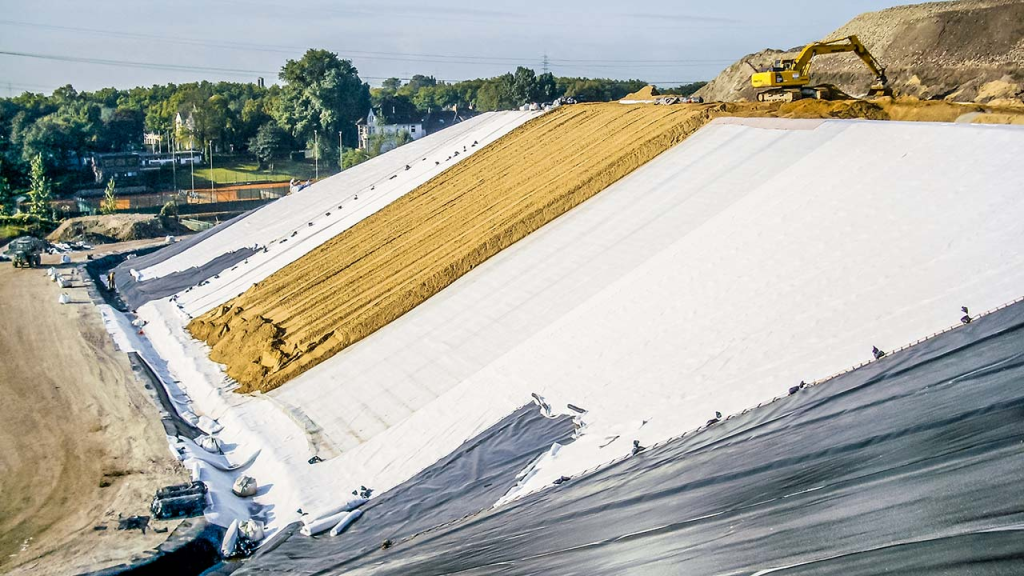+86-159 9860 6917
info@geofantex.com
geofantex@gmail.com
+86-400-8266163-44899
This analysis explores the impact of geotextile landfills on landfill management practices, particularly focusing on their contribution to sustainability, operational efficiency, and environmental protection. Geotextiles, which are permeable fabrics used for separation, filtration, and drainage, play a crucial role in geotextiles landfills by improving waste containment and preventing environmental contamination. This article delves into the recent advancements and benefits of geotextiles, with a view to helping stakeholders in waste management and environmental protection optimize landfill operations.
Recent Developments in Geotextile Applications:

Recent advancements in geotextile materials and technologies have significantly improved their role in geotextiles landfills. These fabrics are increasingly effective at controlling leachate and preventing groundwater contamination, especially in large-scale landfill projects. For instance, the Fresh Kills Landfill in New York City utilizes geotextiles to manage leachate runoff and improve drainage, which contributes to better environmental protection and landfill sustainability. Additionally, the Mosquito Creek Landfill in Canada employs geotextiles to create a filtration layer that prevents the migration of particles, supporting efficient gas collection and improving waste management practices.
Environmental and Economic Benefits:

Geotextiles offer significant environmental benefits by enhancing drainage and preventing the migration of contaminants from geotextiles landfills into surrounding ecosystems. For example, the Avalon Landfill in Australia integrates geotextiles with geomembranes to capture methane, reducing greenhouse gas emissions and converting waste gases into usable energy. The use of geotextiles also contributes to the efficiency of landfills by enabling better waste compaction, reducing the need for additional land, and extending landfill lifespan. The Sanitary Landfill in Santiago, Chile, highlights these benefits as well, with geotextiles used to stabilize the structure and minimize water infiltration, further reducing leachate formation.
Future Implications:

As landfill operations continue to face challenges, the application of geotextiles in geotextiles landfills is poised to address issues related to environmental contamination, gas emissions, and efficiency. Innovations within the geosynthetics industry are enhancing the performance of geotextiles, making them even more crucial to modern waste management solutions. The continued use of geotextiles will play a key role in achieving global sustainability goals, reducing the environmental footprint of waste management systems, and promoting a more sustainable and efficient approach to landfill operations.
The adoption of geotextiles in geotextiles landfills demonstrates how the geosynthetics industry is transforming waste management practices worldwide. From historical sites like Fresh Kills to contemporary projects in Canada, Australia, and Chile, geotextiles are proving to be indispensable tools for improving landfill sustainability, reducing environmental impact, and boosting operational efficiency. These developments not only contribute to better landfill management but also foster more economically viable and environmentally responsible waste management practices.



Get Free Sample
We’ll respond as soon as possible(within 12 hours)






















